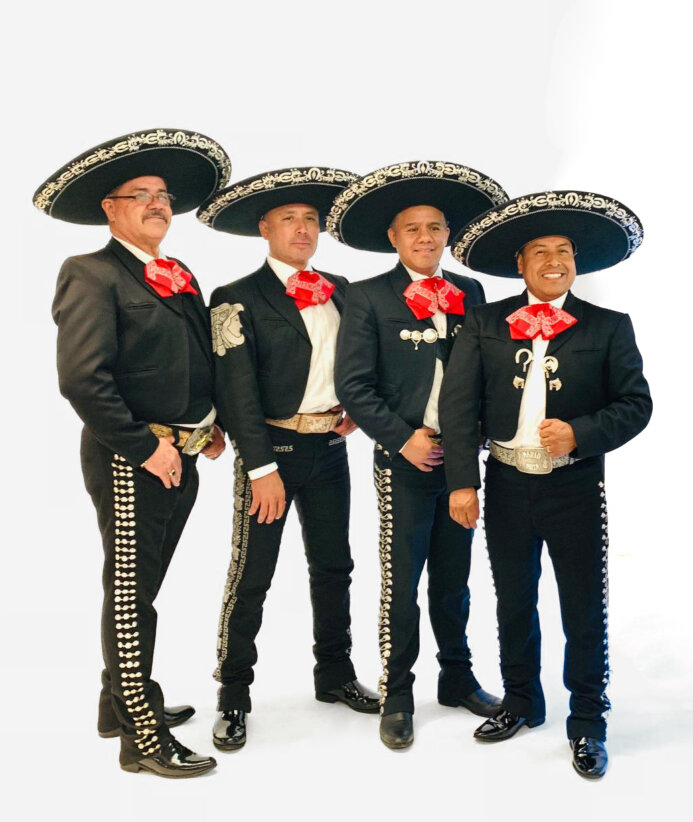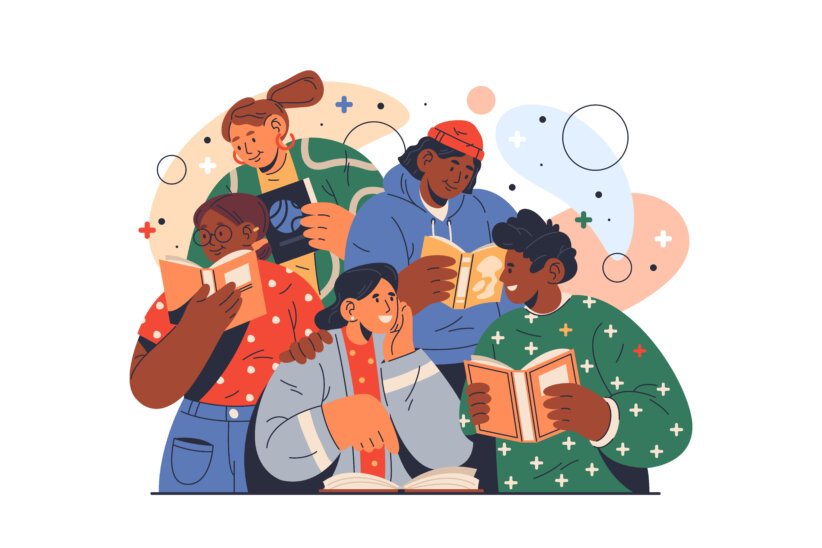Ice skating, once taught, is a lifelong skill much like bicycling. You don’t forget how to do it. Rosemary Cloran, director and founder of Bay State Skating School and an instructor for 45 years, offers these tips for a smooth start:
• Dress your child warmly, but correctly. A jacket, gloves and a helmet. Skip the snow pants; the slick material makes it harder to get up from falls. Stick to one pair of medium socks. Anything thicker and the boot won’t fully tighten. Either figure or hockey skates are fine, but stay away from double runners. They have no edges and slip and slide too much. When you buy skates, always have your child with you to try them on. You want her ankles to be straight up – they’ll be that way on the ice. Lastly, make sure that the blades have been sharpened.
• First, teach your child how to fall. He’s going to do it often. Have him bend his knees, lean to one side and gently go down. To get back up, have him kneel on both knees and, while keeping his back straight, bring one skate up onto the ice and push down on that knee. He’ll pull himself up and bring the other skate onto the ice.
• Start with little steps. Lift one foot. Put it down, then lift the other. She’ll get a feel for the blade on the ice and for shifting her weight. Have her hands out in front and pushing down, as if she’s pushing down on a table, to help maintain balance. With confidence, she can start to glide with both blades on the ice. To build up speed when she’s ready, and with knees bent and feet together, have her bring one skate behind her and push off with the inside edge of the blade. During all of this, stand either to her side or in front of her with your hands under her hands. Just avoid taking only one of her hands in the name of assistance. It will throw off her balance.
• With increased speed comes the need to stop. Before you teach any technique, have him stand and, with feet together, have him push out the inside edge of each blade to get a feel of shaving the ice. Once he has that, have him stop by doing a snow plow, bending his knees, bringing his toes together in an inverted V, and pushing down with his hands to maintain balance. After the plow, with his legs together and knees bent, have him put his weight on one leg and have the opposite skate slide out.
• Keep your feedback positive, stressing the progress that’s been made. Keep initial lessons to 25 minutes. Kids’ bodies start to hurt after that point.









